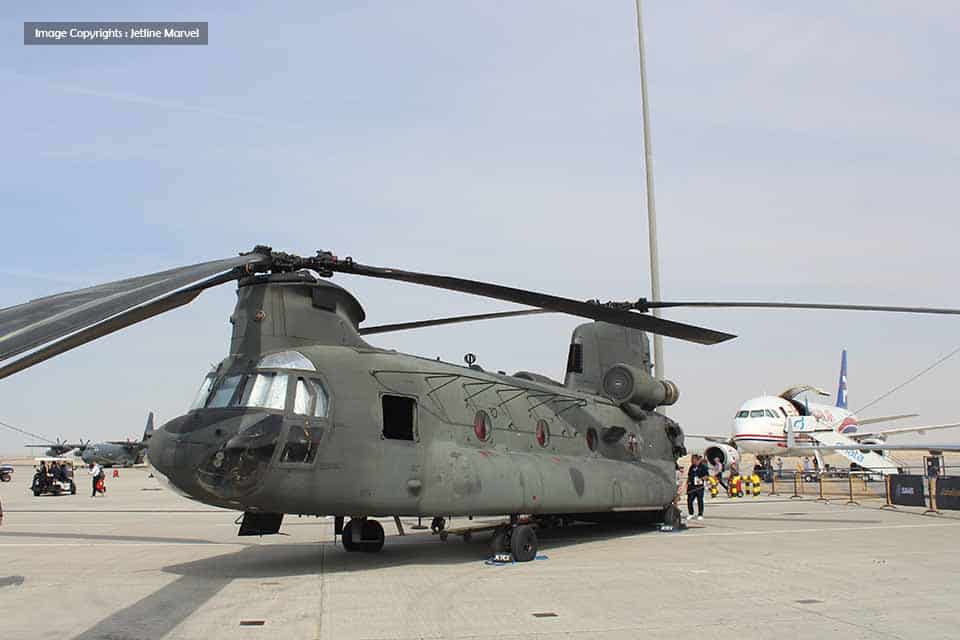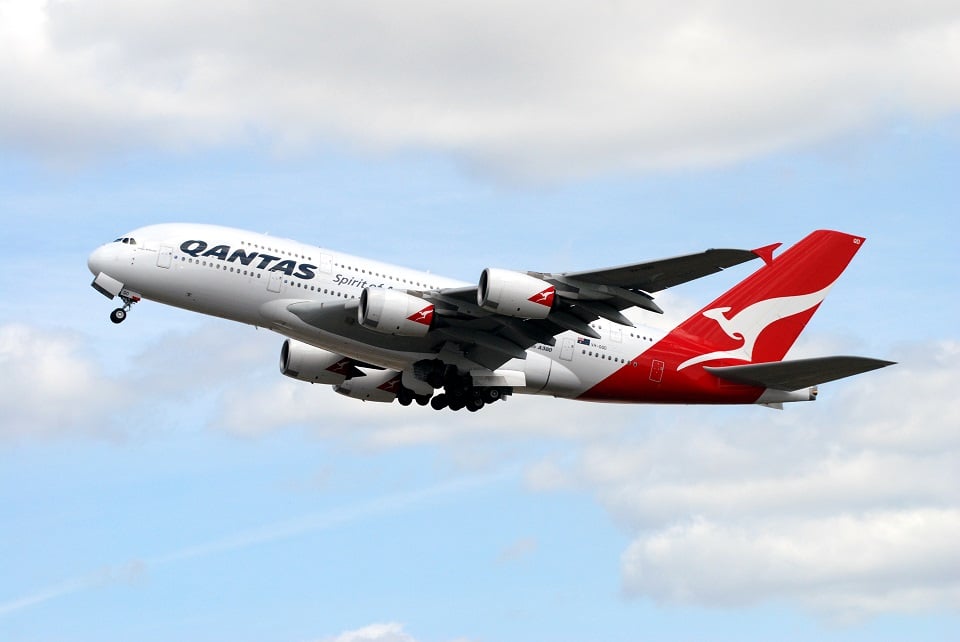Aviation
China Tried ‘Stealing’ CH-47 Chinook Helicopter; Wanted To Land It On Its Aircraft Carrier – Taiwan Media

As per the Taiwan report. states that one of the pilots, was caught stealing, a Chinook helicopter that was manufactured in the US and planned to transport, it to a Chinese aircraft, carrier.
In this daring plan, The pilot is named, Hsieh. was offered, a whopping $15 million. in exchange for carrying out, the operation. during a, scheduled drill. in August he was arrested by Taiwanese authorities putting an end to the plan. The pilot reportedly turned down a first offer of about $6,350 per month but gave in to an even more alluring offer of $15 million total, plus a $1 million down payment. The Chinese also supposedly agreed to Hsieh’s family being evacuated to Thailand.
Today, the Taiwanese High Court Prosecutors Office unveiled an indictment that formally identified Lt. Col. Hsieh as the principal figure involved in the unsuccessful defection attempt. In addition to Hsieh’s involvement, the investigation revealed a larger spy network within the Taiwanese military that was linked to his defection. Since the spring, law enforcement has been keeping a close eye on Hsieh and his network, which has complicated the developing espionage drama.
This incident follows the indictment of a group of active and retired Taiwanese officers on November 27 on charges of spying for Beijing, showcasing an unsettling trend. China, claiming Taiwan as part of its territory, has escalated both military and political pressure in an attempt to force the island to acknowledge its sovereignty—a proposition consistently rejected by the Taipei government.
Over the past decade, court records and reports from Taiwan’s official news agencies reveal that at least 21 active or retired Taiwanese officers, with ranks starting from captain and higher, have been convicted of engaging in espionage activities on behalf of China. These recent cases underscore the multifaceted security challenges faced by Taiwan amid growing geopolitical tensions.
Taiwanese counterintelligence efforts, it seems, are particularly honed in on the military domain, with a significant majority of suspected spies having affiliations with the military or facing accusations of attempting to enlist soldiers into espionage activities. It’s worth noting that the United States, like most countries, does not officially recognize Taiwan as an independent state but remains opposed to any unilateral changes in the cross-strait status through the use of force.
As Taiwan grapples with these espionage challenges, the broader implications of such incidents may further strain the delicate relationship between Taiwan and China, adding another layer of complexity to an already challenging geopolitical landscape in the Asia-Pacific region. The evolving situation calls for heightened vigilance and strategic measures to safeguard national security interests.

Aviation
Lost Tool Found in Qantas A380 After 34 Flights

An Australian Transportation Safety Bureau (ATSB) investigation recently revealed that a Qantas A380 operated 34 flights with a 1.25-meter nylon tool lodged in one of its engines.
This turning tool, used during borescope inspections to rotate the intermediate-pressure compressor, was left behind during scheduled maintenance at Los Angeles on December 6, 2023. It remained inside the engine until it was discovered by maintenance staff during a subsequent check at Los Angeles on January 1, 2024.
China Takes the Lead in Sixth-Generation Fighters with White Emperor B
The ATSB report highlights two critical lapses. First, maintenance engineers failed to notice the tool during final checks for foreign objects after the borescope inspection. Second, the lost tool procedure was not activated when the tool was identified as missing.
The certifying engineer ultimately cleared the aircraft for service without accounting for the misplaced tool. During the time qantas films the tool was inside, the A380 completed 34 flight cycles, accumulating nearly 294 hours without any noticeable effect on engine performance.
Although the tool was deformed by high-energy airflow within the engine, there was no reported damage to the engine itself. ATSB Chief Commissioner Angus Mitchell commented.
India’s C-295 to Gain Advanced Weapons for Maritime Surveillance
“This incident underscores the importance of following established maintenance protocols. Engineers missed the tool during foreign object checks, and the required lost tool procedure wasn’t started after realizing the tool was missing.”
Following the investigation, the airline issued a safety directive, urging all engineering and tool storage teams to adhere strictly to these protocols to prevent similar incidents in the future.
A qantas spokesperson stated, “While the tool didn’t impact engine performance, we take this incident very seriously. It is critical to follow the correct lost tool procedures.”
-

 Aviation2 months ago
Aviation2 months agoBoeing confirms 797: A New Era for Mid-Size Aircraft
-

 Aviation2 months ago
Aviation2 months agoMicrosoft Flight Simulator Raises $3 Million to Bring Back the An-225 Mriya
-

 Aviation2 months ago
Aviation2 months agoLockheed and Tata Team Up to Build C-130J MRO Facility in India
-

 Airlines2 months ago
Airlines2 months agoQantas Engineers Stage Walkout Over Cost of Living Concerns
-

 Airlines2 months ago
Airlines2 months agoQatar Citizens Can Travel to the United States Without a Visa
-

 Aviation2 months ago
Aviation2 months agoBoeing Offers 25% Pay Increase & Promise to Build Next Plane in Seattle
-

 Aviation2 months ago
Aviation2 months agoQatar Airways bans these new Electronic Devices on plane
-

 Airlines2 months ago
Airlines2 months agoEmirates Ends 28-Year Singapore-Melbourne Fifth Freedom Route








